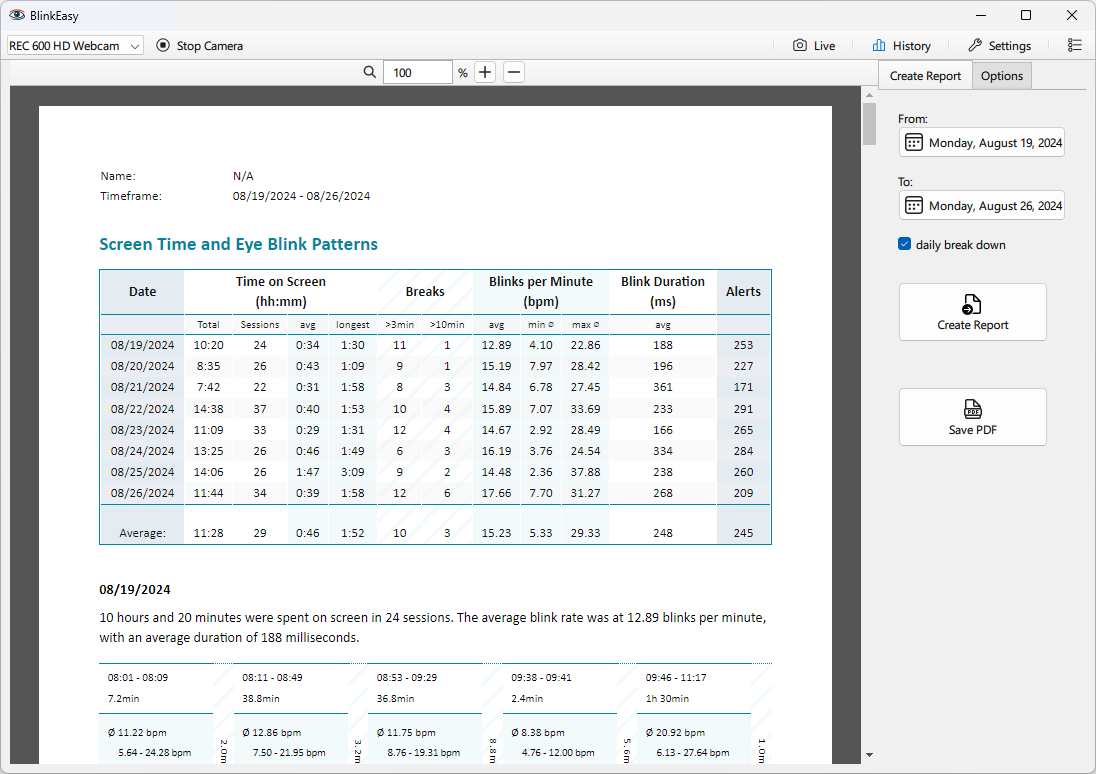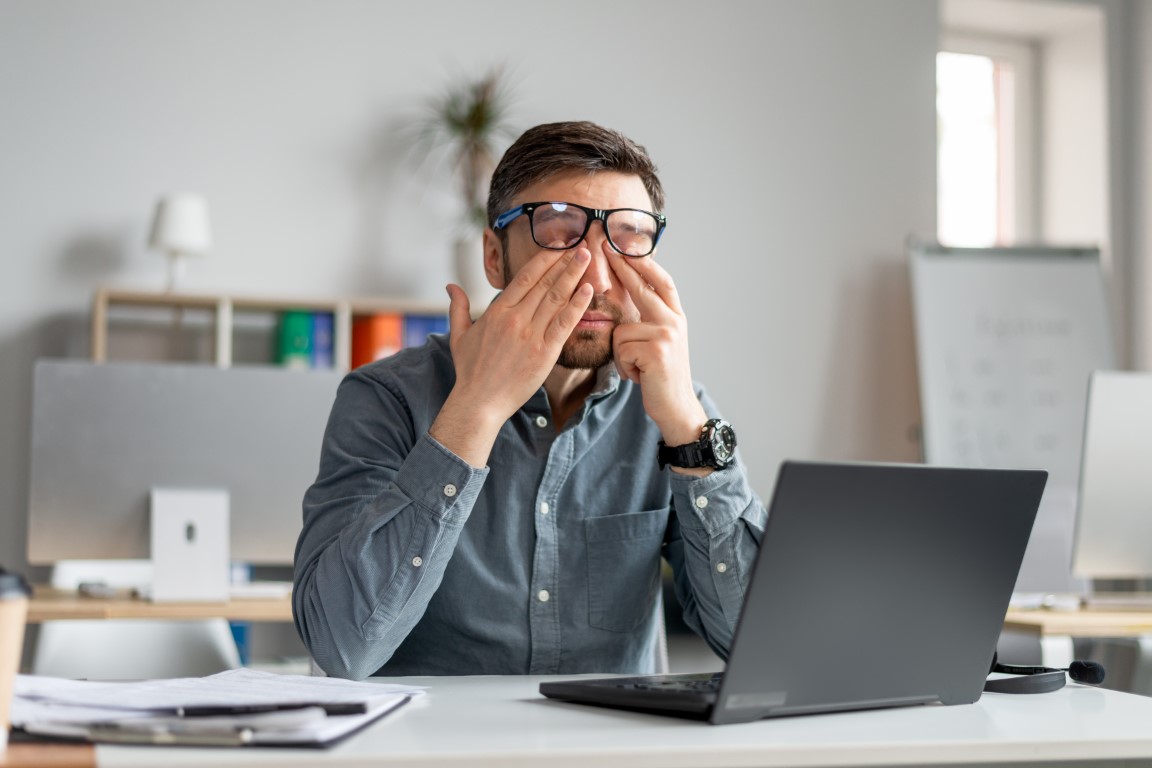How a Blink Reminder App Can Improve Your Eye Comfort
Blink Frequency and Blink Quality

You might be surprised to learn that we typically blink between 13 to 17 times per minute. Since the blink reflex happens so fast and occurs mostly subconsciously, it goes mostly unnoticed.
During prolonged screen time, this rate decreases significantly to around 5 to 7 times per minute. Worse, not only does the frequency decrease, but so does the quality of our blinking. The number of incomplete blinks, where the eyelids do not close completely, increases.
One of the primary functions of blinking is to keep the eyes moist and healthy. Every time we blink, a thin layer of tear film is spread evenly across the eye's surface.
Besides providing crucial lubrication and washing away debris or irritants that may settle on the eye, the tear film also transports nutrients and oxygen to the cornea. Since the cornea lacks blood vessels, the outer corneal cells rely mostly on oxygen diffusion from the air, which the tear film facilitates.




